ALBERTA COLLEGE OF AERONAUTICS: WHERE CAREERS TAKE OFF
Make your dream of becoming a commercial pilot a reality by studying at Alberta College of Aeronautics, Alberta’s only post-secondary institution that specializes in academic and commercial pilot training programs.
IATPL CERTIFICATION WITH NO PRIVATE PILOT LICENCE PREREQUISITE
Our intensive two-year Alberta College of Aeronautics Integrated Airline Transport Pilot Licence iATPL Diploma Program requires no prerequisite for a Private Pilot Licence, so you can start learning faster. Curriculum includes thorough ground and flight training as well as simulated airline procedures and practices that prepare you for your first job as a commercial pilot.
THE DEMAND FOR PILOTS IS GLOBAL
• ICAO studies show that world passenger traffic has grown by about 6% yearly during the past decade
• However, pilot numbers haven’t increased to match the demand
• CNN, Wall Street Journal, Time Magazine, and CBC have reported a significant pilot shortage in North America and worldwide
• The aviation industry expects an increase in pilot demand for the next 20 years
• According to Boeing, the global aviation industry needs 558,000 new commercial airline pilots between 2015 and 2034
• That’s an average requirement for about 28,000 new pilots per year
TAKE FLIGHT FASTER WITH ACA
A major competitive advantage of the Alberta College of Aeronautics Integrated Airline Transport Pilot Licence iATPL Diploma Program is being able to complete all licensing and diploma requirements to meet airline hiring requirements in the shortest period of time. Starting your career sooner means you get added on the seniority list sooner, which can make a big difference when bidding for routes, schedules, vacations, etc.
WHEN IT COMES TO CAREER OPTIONS, THE SKY’S THE LIMIT
As a licensed commercial pilot, there’s an assortment of career areas to consider, including:
• Aerial surveillance pilot
• Agricultural spraying
• Bush Pilot
• Canadian Armed Forces pilot
• Charter pilot
• Corporate pilot
• Flight instructor
• Medevac pilot
• Pipeline and fire patrol pilot
STUDY IN A SUPPORTIVE, OPEN LEARNING ENVIRONMENT
Enjoy dedicated, quality instruction within a supportive and open learning environment. Our small class size makes a big difference.
SAFETY FIRST AND ALWAYS
We subscribe to the highest standards of safety, in the air and on the ground.
TRANSPORT CANADA-CERTIFIED INSTRUCTORS
Our professional instructors are certified by Transport Canada to provide the Integrated Airline Transport Pilot Licence (iATPL) program, recognized world-wide.
ALBERTA ADVANCED EDUCATION ACCREDITATION
Alberta College of Aeronautics is fully accredited by Alberta Advanced Education.
GET ON OUR RADAR TODAY— SEATS ARE LIMITED, SO TAKE THE FIRST STEP RIGHT NOW
Whether you’re a recent high school graduate, or you’re wanting to set out on a new career path, the experienced, dedicated team at Alberta College of Aeronautics are here to help you soar to new heights. Take the first step right now and tell us a bit more about yourself. Just click the I’m Ready for Takeoff button and fill out the questionnaire form. Your Alberta College of Aeronautics iATPL diploma awaits!
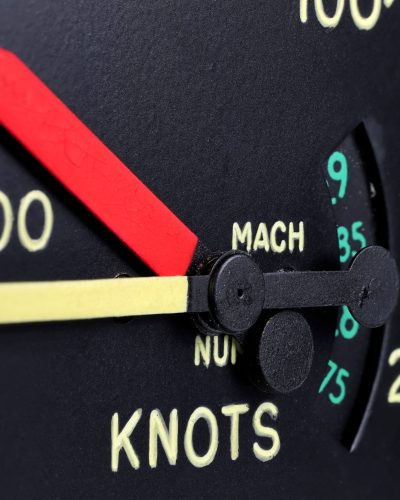
REACH MACH 0.8 SOONER THAN YOU THINK
Climb your career higher and faster. Our Integrated Airline Transport Pilot Licence (IATPL) curriculum
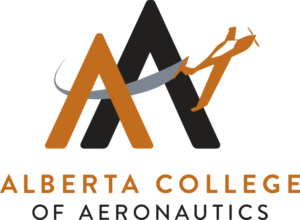
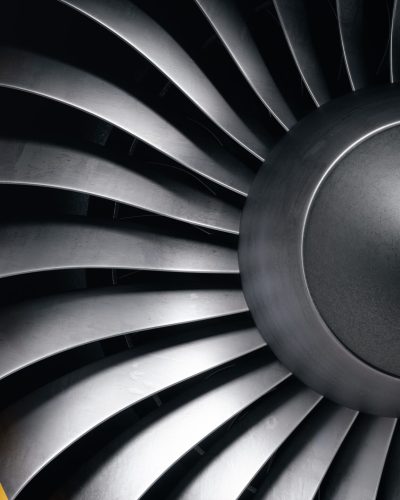
YOU DON’T HAVE TO TRAVEL FAR TO TRAVEL 987 KM/H
Accelerate your career at Alberta’s only college dedicated to professional aviation education. We have a new fleet of training aircraft and a new state-of-the-art flight simulator. Enroll now. Visit ACAeronautics.com.

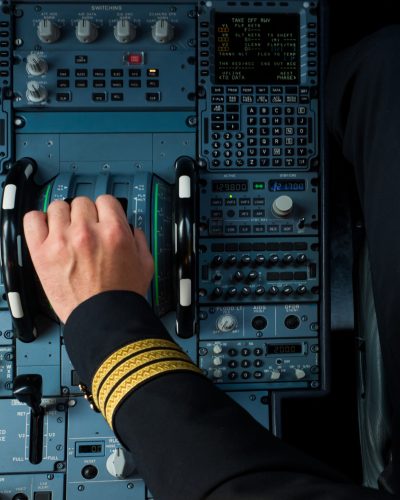
GO FULL THROTTLE
Thrust your career forward by becoming a commercial pilot. Embark on your learning journey with quality instruction in a supportive and open learning environment. Enroll now. Visit ACAeronautics.com.

ACA AIRWAVES: NEWS, NOTES AND EVENTS
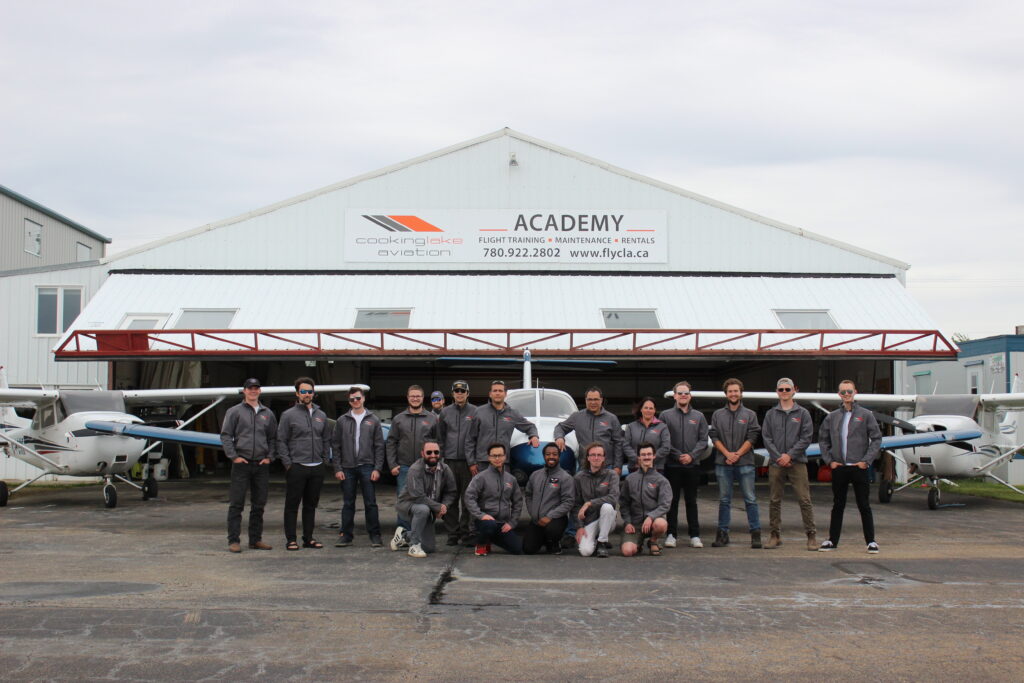
SED UT PERSPICIATIS UNDE OMNIS ISTE
Lorem ipsum dolor sit amet, consectetur aiscing elit, sed do eiusmod tempor incididunt ut labore et dolore magna aliqua. Ut enim ad minim vniam, quis nostrud exercitation…
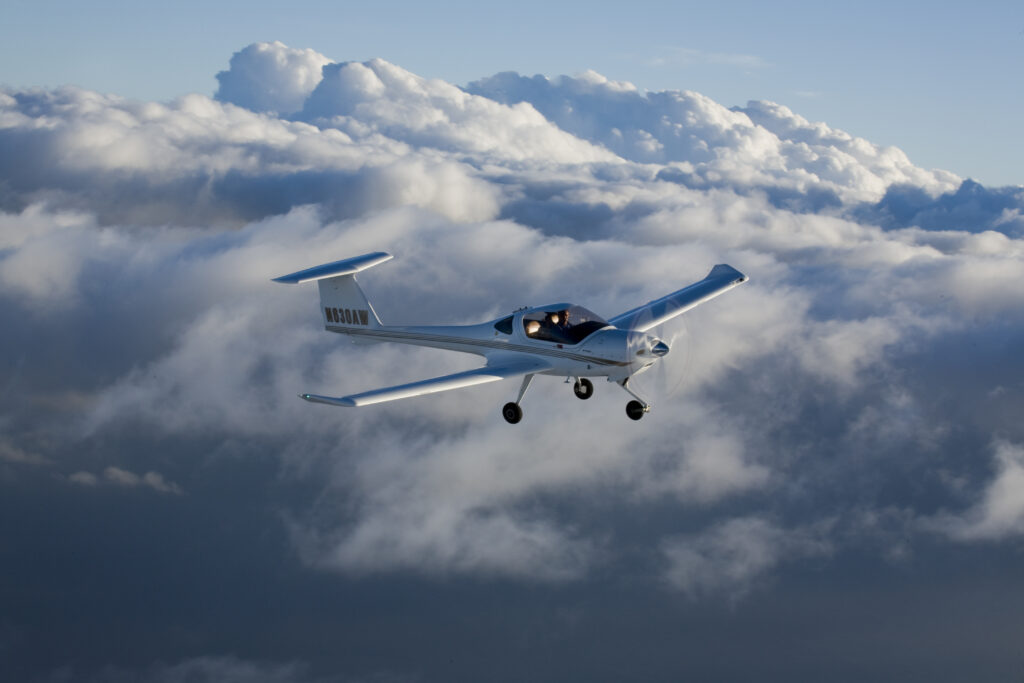
ATUS ERROR SIT VOLUPTATEM
Lorem ipsum dolor sit amet, consectetur aiscing elit, sed do eiusmod tempor incididunt ut labore et dolore magna aliqua. Ut enim ad minim vniam, quis nostrud exercitation…
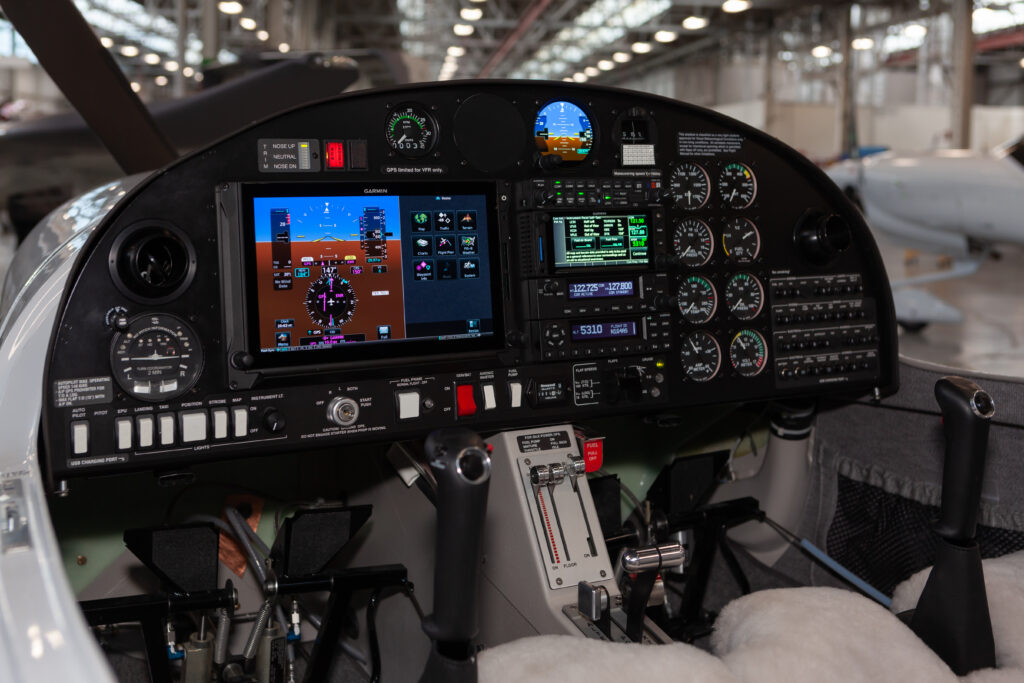
IPSAM VOLUPTATEM QUIA VOLUPTAS
Lorem ipsum dolor sit amet, consectetur aiscing elit, sed do eiusmod tempor incididunt ut labore et dolore magna aliqua. Ut enim ad minim vniam, quis nostrud exercitation…
– Students will learn how to correctly search and interpret the Canadian Aviation Regulations (CARs), and how it applies to flight operations.
– Students will understand how human factors affect flight safety and apply good pilot decision-making skills on the ground and in-flight.
– Students will understand the effects of weather and atmosphere on aircraft operations.
– Students should be able interpret NavCanada weather products and identify the hazards of operating in adverse weather conditions such as icing, turbulence and thunderstorms
– Students will understand the theory and methodology of VFR Flight Planning.
– Students will effectively utilize aeronautical maps and charts and apply their knowledge to plan their own VFR flight routes, navigation logs and ICAO flight plans
– Students will be able to explain aircraft components and systems, and how to prevent and compensate for in-flight failures and emergencies
– Students will understand the function and use of flight instruments, including Radio Navigation Aids, GPS and autopilot
– Students will understand the theory of flight exercises and how aerodynamics apply to aircraft performance
– Students will be able to explain and apply legal and practical requirements for flight, as well as understand the effects of various environmental conditions on flight performance.
– Students will understand and apply the mathematical skills and techniques for the safe operation of aircraft in all phases of flight
– Students will understand the properties of the physical forces that affect aircraft in all phases of flight.
– Students will complete the Transport Canada ground and flight requirements and obtain a Night Rating
– Students will learn about advanced illusions and Human Factors applicable to flights at night
– This course focuses on the navigational aspects of aircraft operations.
– Students will complete Transport Canada cross-country flight training requirements required to hold a Commercial Pilot’s license
– Students will learn the applicable Canadian Aviation Regulations which apply to Commercial Aviation Operations
– Students will complete Transport Canada cross-country flight training requirements required to hold an Instrument Rating
– Students will apply Radio Navigation and GNSS/GPS cross country flying techniques.
– Students will analyze past aviation incidents and accidents, determining the impact and underlying root causes of human and pilot decision making errors
– Students will evaluate various flight scenarios and identify risks and safety hazards that may affect safe operations using practical scenarios.
– Students will understand the principles of multi-engine aerodynamics, minimum controllable airspeed, and systems commonly found on multi-engine aircraft
– Students will learn the Transport Canada Regulations and Standards pertinent to flying multi engine aircraft in instrument conditions
– Students will learn aircraft systems for a specific advanced multi engine aircraft.
– Students will complete simulator training towards the completion of a multi-engine and instrument rating in accordance with Transport Canada requirements
– Students will learn standard operating procedures and cockpit callouts in a two-crew environment.
– Students will learn crew resource management techniques and safety management systems.
– Students will work together in pairs to successfully complete IFR flight training in a two-crew simulator.
– Students will apply crew resource management techniques and safety management systems.
– Students will complete the Transport Canada Multi Engine (Integrated) skill requirements and obtain a Multi-Engine Rating
– Students will complete the Transport Canada Instrument Rating (Integrated) skill requirements and obtain an Instrument Rating.